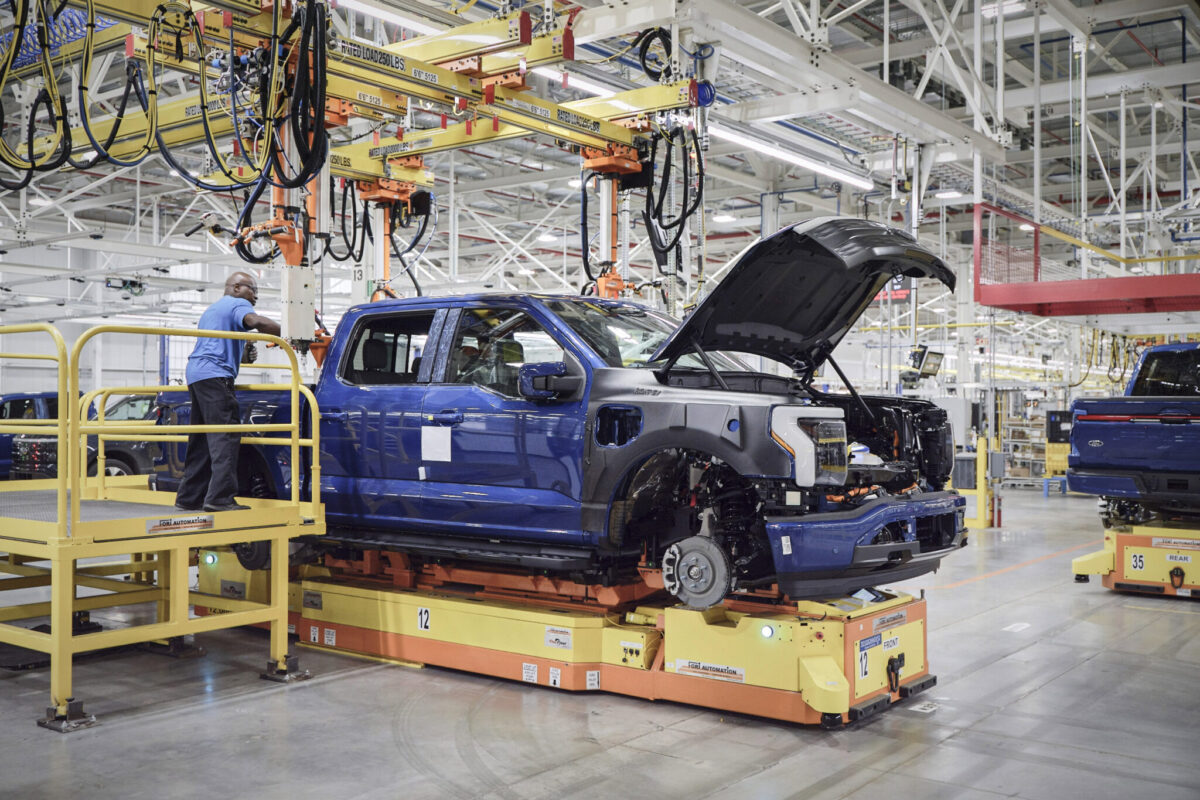Capital Dynamics said it completed the sale of a majority interest in its 107.8 MW Beacon portfolio to energy investment firms TortoiseEcofin and S&B USA Energy. Each buyer has acquired a 49.5% ownership of the portfolio. Capital Dynamics retains 1%.
Beacon consists of two projects: Beacon II (59.6 MW) and Beacon V (48.2 MW). Both sites interconnect and sell power to the Los Angeles Department of Water and Power under two 25-year fixed rate Power Purchase Agreements. Capital Dynamics bought the assets from SunEdison during in early 2016. The solar plants achieved commercial operations at the end of 2017.
Israel-based Shikun & Binui America entered the U.S. market in March. TortoiseEcofin is a combination of energy investors Tortoise and Ecofin.
The solar energy project is in California’s Mojave Desert and includes five phases. The project was originally proposed by NextEra Energy using parabolic trough mirrors. LADWP acquired the project site in 2012 and changed the design to photovoltaic technology. The municipal utility contracted Hecate Energy to develop three phases of 162 MW and SunEdison to develop 88 MW in two phases.
Canada as an EV resource hub
Investment in key markets where Canada has a competitive advantage can help the country become a market leader in zero-carbon emissions vehicles and low-carbon natural resource commodities, according to a brief by the Organization for World Peace. The brief said this last market includes bitumen, a carbon-based commodity that can be used to create strong and light material that could be included in electric vehicles. Furthermore, Canada ranks as a top exporter and producer of minerals for electric vehicle battery production.
Combined, these advantages could make Canada a North American hub for battery-powered vehicles, the brief said. And, because Canada is the world’s second largest generator of renewable electricity, after China, it can create a green electricity grid to complement its growing share of electric vehicles. This renewable electricity production could also make Canada a leading supplier in the green hydrogen market.
SEIA board growth
Industry group Solar Energy Industries Association (SEIA) added three companies to its board of directors.
Global solar project developer Lightsource bp, asset management firm Capital Dynamics, and renewable energy engineering, procurement and construction firm Wanzek Construction are all joining the Washington, D.C.-based group’s board of directors.
Wanzek is a construction company based in Fargo, North Dakota. It specializes in the design, procurement, and construction of solar and wind projects. Over the past 50 years, Wanzek has become one of the nation’s largest sources for infrastructure, general construction and other services in the wind, solar and industrial construction industries.
Capital Dynamics is a global asset management firm with more than $17 billion under management and advisement. Through its Clean Energy Infrastructure platform, the firm is one of the largest solar investors in the United States, with a total portfolio of solar assets under construction and operation of 6.7 GW.
Lightsource bp is a global leader in the development and management of solar energy projects, and a 50:50 joint venture with bp.
Energy storage + fossil
The Electric Power Research Institute will lead three projects for advanced, bulk energy storage following selection by the U.S. Department of Energy for awards totaling $600,000. The projects will study non-battery approaches to bulk energy storage that are integrated with fossil assets.
The three EPRI-led projects will explore:
- A pilot-scale liquid salt combined-cycle unit. The study will develop a design for the system to be integrated into a natural gas power plant and evaluate its costs and performance to potentially advance it closer to commercial deployment.
- Sand thermal energy storage. The project will perform a feasibility study for integrating this storage technology into a coal power plant and to explore how this technology can work in conjunction with any fossil source, as well as nuclear, solar thermal, and electrical heating from renewables.
- Crushed rock as a cost-effective medium. The project will perform a feasibility study for the integration of a pilot-scale crushed rock thermal energy storage system with a natural gas power plant. The pilot represents a next-to-last demonstration before the technology can be commercially ready.
EPRI is collaborating with nine industry organizations to lead these studies, three of which are U.S. power generators that will provide potential host sites for the design assessments.
JinkoSolar is looking up down under
JinkoSolar Holding Co. said that its modules deployed for utility-scale solar farms in Australia are currently generating almost 550 MW, more than one third of the total capacity of the country’s solar PV installations. The company said that once Sunraysia, Glenrowan, Jemalong and Batchelor NT power plants are connected to the grid, the total capacity using JinkoSolar high-efficiency modules will rise to 1 GW. The market status was based on data available on Australia National Electricity Market Dashboard, Google Data Studio.
In February 2019, the global solar module manufacturer opened its U.S. manufacturing facility in Jacksonville, Florida. The $50 million facility is capable of producing 400 MW of 60-cell and 72-cell monocrystalline PERC modules annually.
This content is protected by copyright and may not be reused. If you want to cooperate with us and would like to reuse some of our content, please contact: editors@pv-magazine.com.









Excellent alternative for power LADWP looking for ultimate source for the future beacon solar system will pay off. Excellence!
I always thought DWP owned Beacon because of our security patrols it and our employees staff it. Learn something new everyday